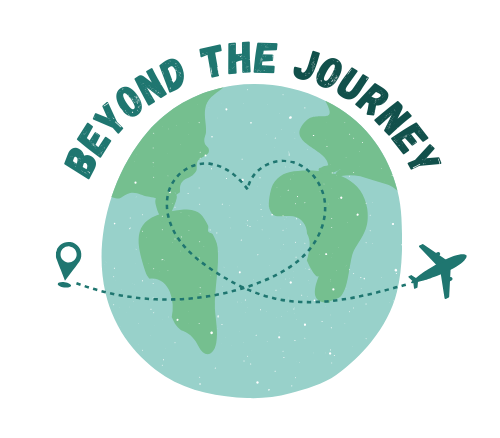Planning A Solo Road Trip Through Utah & Arizona? Here’s What I Wish I Knew
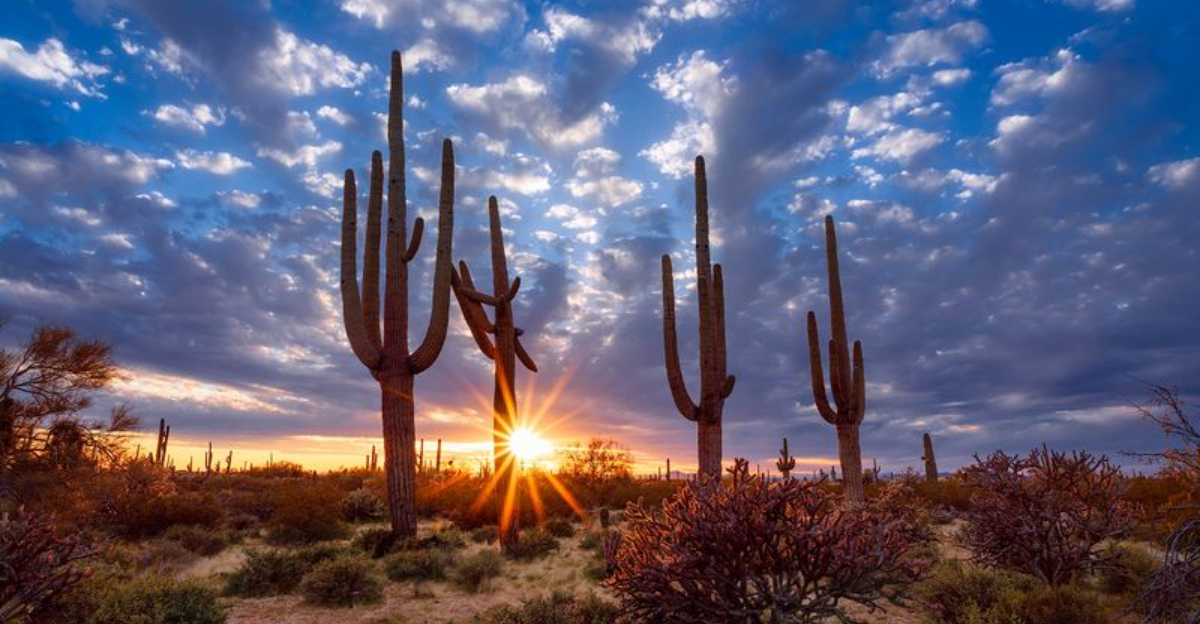
Solo road-tripping sounds like the ultimate freedom. Just you, the open road, and miles of jaw-dropping landscapes! But here’s the thing: the desert doesn’t care if you’re prepared or not.
Before I set out on my adventure through Utah and Arizona, I thought I had it all figured out. Turns out, I underestimated everything—the distances, the weather, and just how remote some places really are. Have you ever driven 200 miles without seeing a gas station? I have. It’s not fun.
Don’t make the same mistakes I did. From unexpected challenges to must-know tips, here’s everything I wish someone had told me before I hit the road solo.
1. Weather Variability
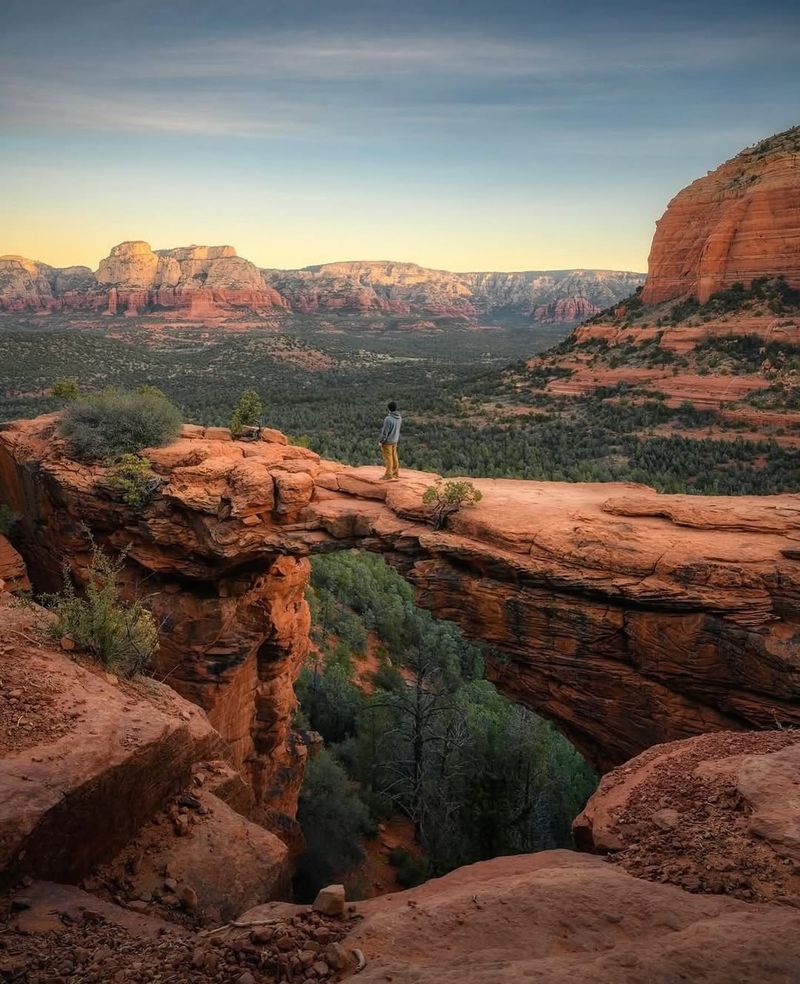
One minute, you’re basking in the desert sun. The next? You’re clutching your jacket as icy winds whip across a canyon rim. Utah and Arizona’s landscapes don’t just change by the mile—they shift by the hour.
Mornings in Bryce Canyon can be frigid, even in summer, while afternoons in Monument Valley feel like you’ve stepped into an oven. Unpredictable is kind of putting it mildly. Of course, you are going to check the forecasts. But, don’t believe it blindly.
When you pack for this trip don’t worry about style, worry about survival (okay, maybe just comfort). Layers are your best friend. A light down jacket, a solid rain shell, and breathable clothes you can shed when the sun cranks up the heat will keep you sane. Oh, and those monsoons in Arizona? They don’t play around.
2. Road Conditions
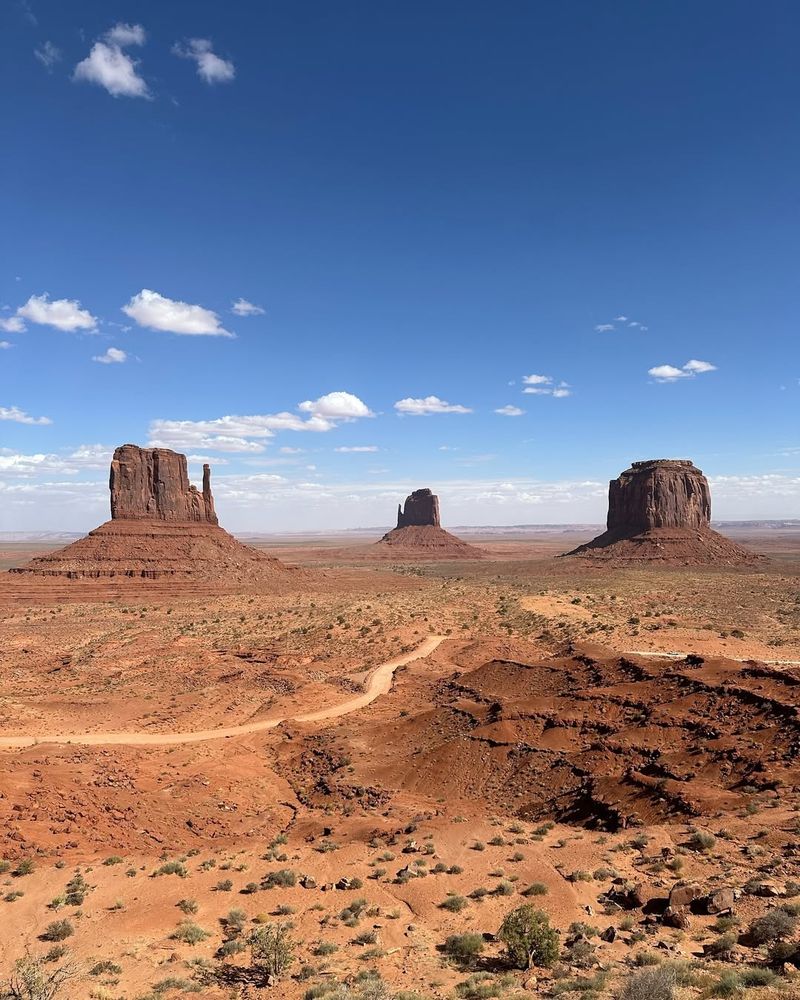
Not all roads in Utah and Arizona are created equal. And if you think Google Maps has your back? Think again. It’ll happily send you down a “shortcut” that turns into impassable sand or a washed-out trail.
If you’re heading to places like Valley of the Gods, Hole-in-the-Rock Road, or the backroads of Grand Staircase-Escalante, a high-clearance vehicle isn’t just a good idea—it’s a lifeline! Some spots require four-wheel drive, and if it rains? Forget it. Even a Jeep can sink into that infamous Southwest clay, which turns to glue when wet.
Moral of the story? Always check road conditions ahead of time. If it looks sketchy, turn around. The last thing you want is to be that person calling for a tow truck in the middle of nowhere. Out here, “help” could be hours away.
3. Water Supply
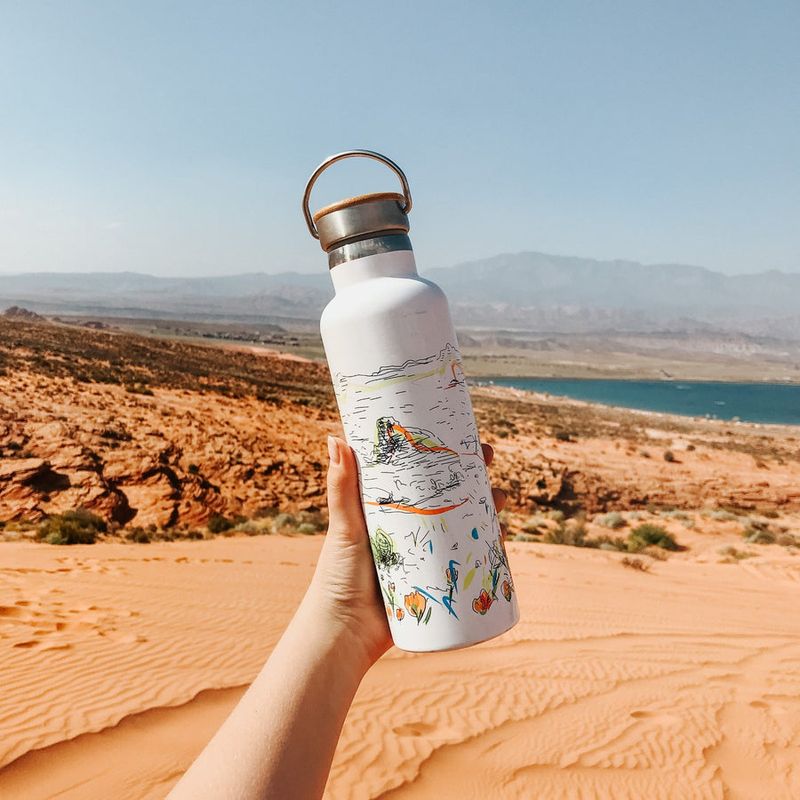
If there’s one thing you don’t want to underestimate in the desert, it’s water. Utah and Arizona’s landscapes may be breathtaking, but they’re also bone-dry. You might think, “I’ll just grab a bottle when I stop,” but trust me, that’s the fastest way to end up dehydrated.
A good rule? At least a gallon of water per person, per day. And if you’re hiking? Double it. Many national parks, like Arches, Canyonlands, and Saguaro, have little to no water refills on the trails.
Even places that seem tourist-friendly, like Horseshoe Bend, offer zero shade and no water stations—which means people do get heatstroke here, every summer.
4. Gas Station Distances
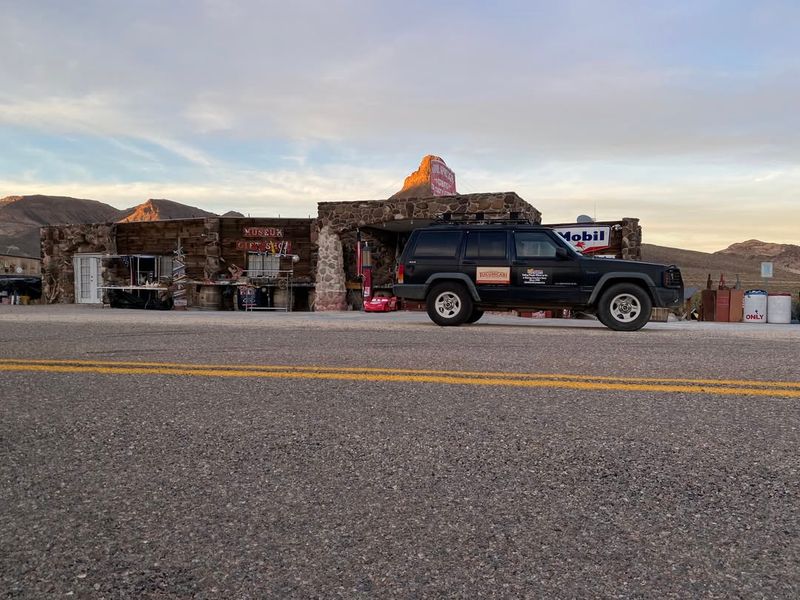
You’re used to seeing gas stations on every corner? Prepare for a reality check. Once you leave major cities like Phoenix or Salt Lake City, they get sparse… very fast.
Some stretches, like the road to Monument Valley or through parts of Navajo Nation, have zero gas stations for 100+ miles. Run out of fuel here, and you’re in for a long, lonely wait.
Don’t play the “I’ll get gas later” game. If your tank is below half and you see a gas station? Stop and fill up. Even if it’s more expensive than you’d like. A good backup plan? Carry a small gas can if you’re really heading off the grid. Because trust me, nothing ruins the magic of a solo road trip faster than coasting on fumes with no station in sight.
5. Cell Service
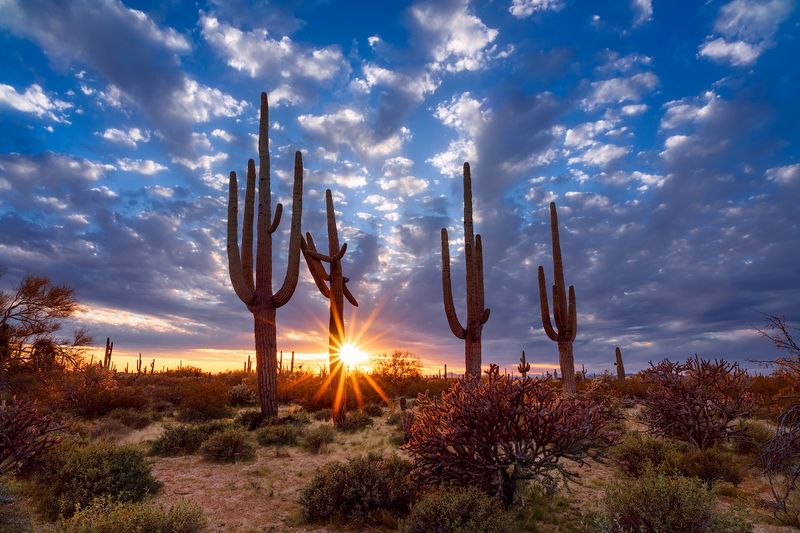
Don’t make the same mistake I did! I relied on my phone’s GPS for the entire trip. If only I could take that back! Much of Utah and Arizona’s most beautiful spots are total dead zones. This is great for escaping reality, but not so great when you need directions.
Places like Capitol Reef, the Grand Canyon’s North Rim, and Vermilion Cliffs? You might as well be on the moon. Before you head out, download offline maps.
Google Maps lets you save routes for when service drops, and apps like Gaia GPS or Maps.me are lifesavers for backroads and hiking trails. Also, screenshot key info like park fees, trailheads, and gas station locations. You never know when your phone will turn into a very expensive brick.
6. Park Pass Costs
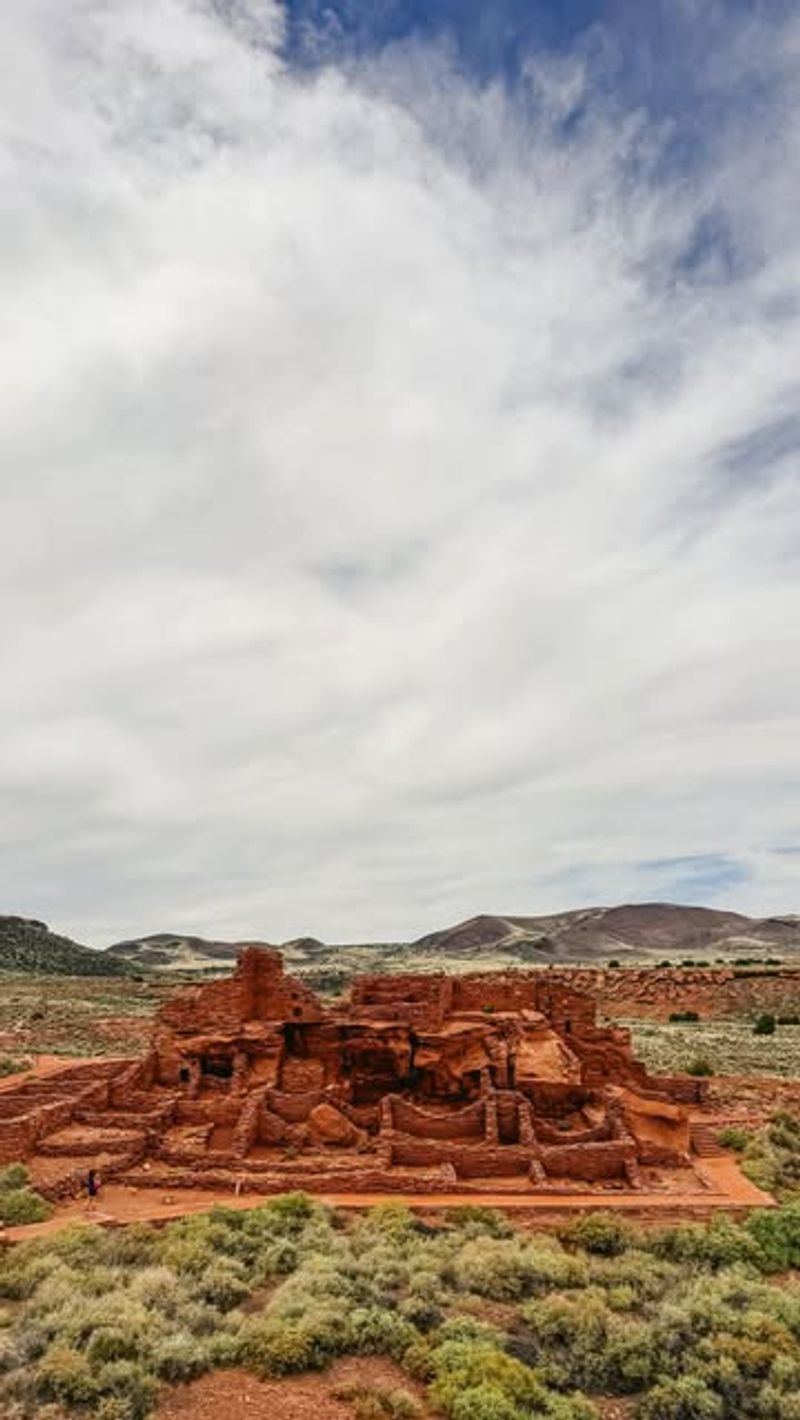
Sticker shock is real when it comes to national park fees, and Utah and Arizona have no shortage of pricey entries. If you’re hitting the big names—Zion, Bryce, Grand Canyon, Arches, and Canyonlands—you could easily drop $35 per park, which adds up fast.
Even lesser-known spots like Natural Bridges or Sunset Crater have entry fees, so unless you’re just passing through, your wallet’s going to feel it.
Here’s the move: Get the America the Beautiful Pass. For $80, it grants you access to all national parks, national monuments, and federal lands for a year. Use it at just three parks, and it pays for itself. Plus, if you’re road-tripping with friends, you can split the cost. One pass covers an entire carload.
7. Crowds And Timing
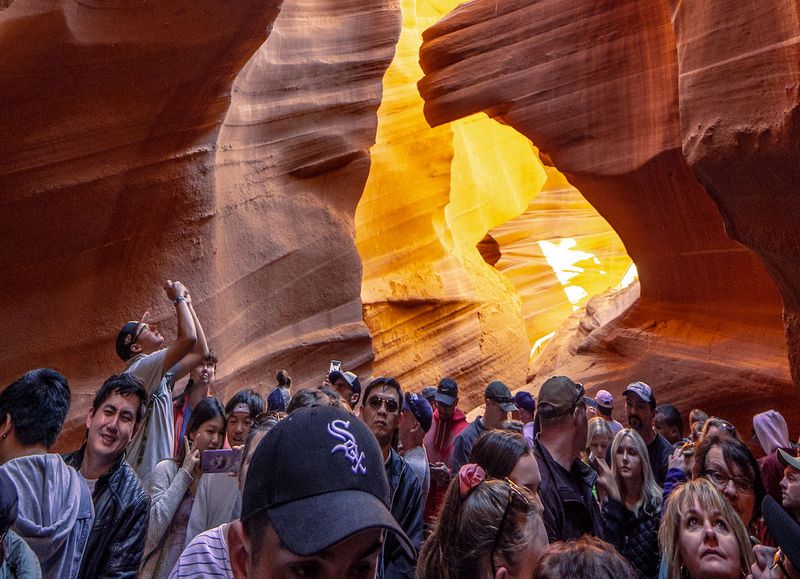
Hoping for a peaceful, solo moment at Delicate Arch or the Grand Canyon? Boom, reality check hits you hard on this one!
These places get swamped, especially in summer. Zion’s scenic drive? Lines like Disneyland. Horseshoe Bend? Good luck getting a photo without 50 strangers in the frame. Even “hidden gems” aren’t so hidden anymore, thanks to social media.
I say timing is everything. Go early—like, painfully early. Sunrise hikes mean fewer people, cooler temps, and actual breathing room. If waking up at 4 AM sounds like torture, late afternoon can also be a good bet. Just watch out for park closing hours. And if you’re visiting in peak season, weekdays are your best friend.
8. Altitude Effects
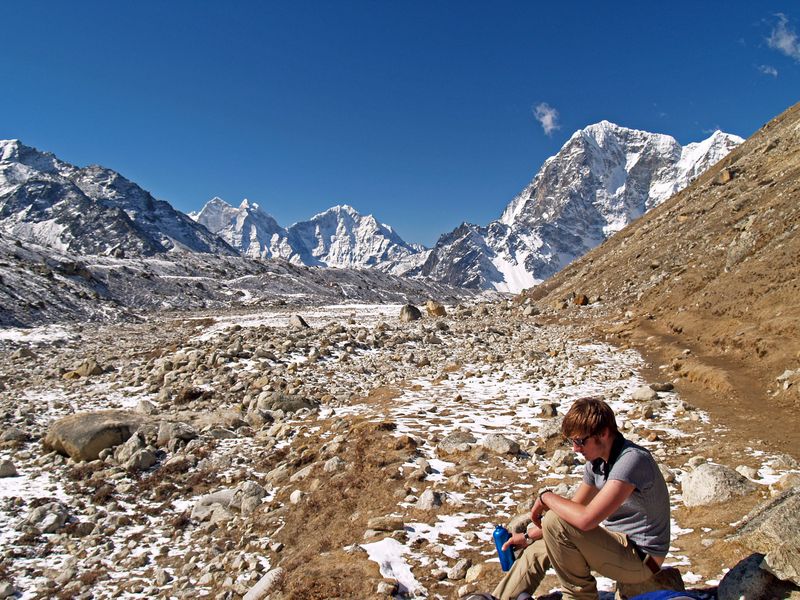
One thing the Southwest doesn’t advertise? How high up you’ll be. Sure, the Grand Canyon drops way down, but places like Bryce Canyon, Flagstaff, and even parts of Zion sit above 7,000 feet. If you’re coming from sea level, that thin air hits hard.
At higher elevations, even an easy hike feels like a workout. You might find yourself lightheaded, short of breath, or battling a surprise headache. Altitude sickness is real, and chugging coffee won’t fix it.
Here is where that water you prepared comes in handy. And of course, take it slow for the first day or two. Your lungs will thank you! And here’s a weird one: your snacks might explode. Chips, lotion bottles, even toothpaste—sealed items expand at high altitudes, sometimes popping open in your bag. Ha, who would expect that, right?
9. Camping Rules
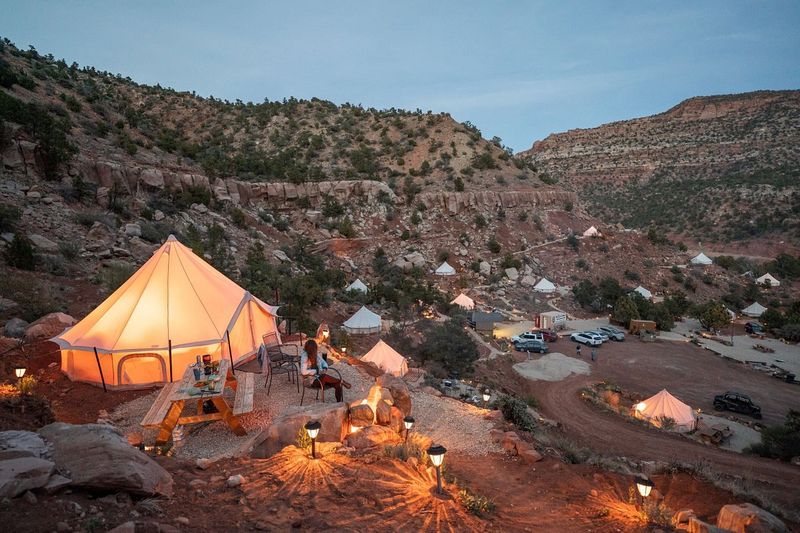
Think you can just pull over and camp anywhere? Not so fast. While Utah and Arizona have some epic free camping, rules vary wildly depending on the land. National parks? No camping outside designated spots. National forests? Usually okay, but check signs. BLM land? A free-for-all!
One golden rule: Know where you’re sleeping before dark. Many free camping areas are down rough, unmarked roads, and finding a flat spot in pitch-black desert is a nightmare. Plus, some places, like the area around Moab, get packed fast, so have a Plan B.
And don’t forget about permits. Some backcountry sites, like The Wave or Havasu Falls, require reservations months in advance. Others, like White Pocket, don’t need a permit, but they do need serious off-road skills to reach. Know before you go, or risk a very uncomfortable night.
10. Wildlife Encounters
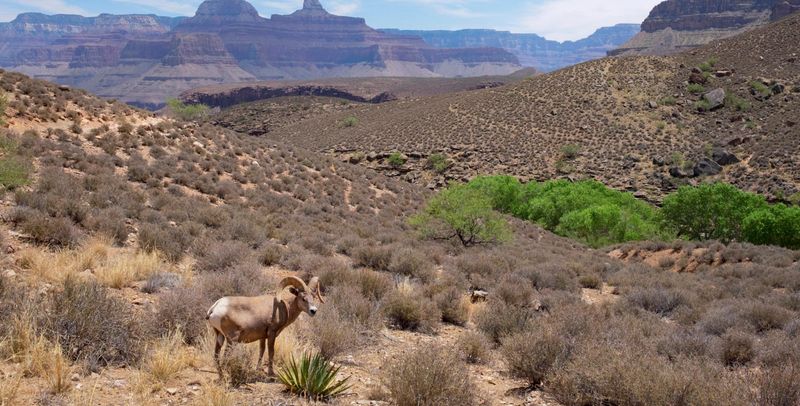
People think of the desert as empty, but it’s alive with creatures. Some are cute, some, well… not. You might see jackrabbits, bighorn sheep, or even a wild mustang if you’re lucky. But let’s talk about the ones you don’t want to surprise: snakes, scorpions, and tarantulas.
Before you freak out, they don’t want to mess with you. Rattlesnakes? They’ll warn you before striking. Scorpions? Mostly hide under rocks. Tarantulas? Slow, gentle, and honestly kind of cool. The real threat?
Mice. Yes, mice. They carry hantavirus, which is far worse than a snake bite. Keep food sealed and don’t sleep in a nest of rodent droppings. I’m not here to scare you, just to prepare you for the things I wish I knew!
11. Sun Protection
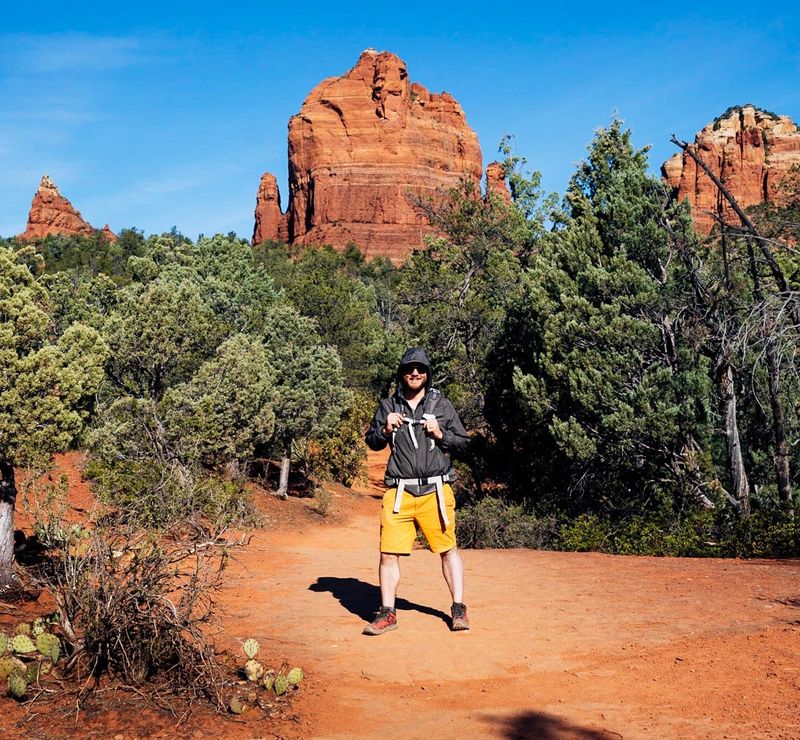
The desert sun is next-level brutal. Even if it’s cool, even if there’s a breeze, it will roast you. You’ll see tourists rocking severe sunburns that make them look like they lost a fight with a lobster. Don’t be that person.
Sunscreen alone isn’t enough. A wide-brimmed hat, sunglasses, and long-sleeved sun shirts will save your skin. Trust me, a lightweight UV-blocking shirt is way better than slathering SPF 50 on every hour. And for the love of all things good, don’t forget lip balm with SPF. Sunburned lips are pure misery.
One more thing? Hydrate constantly. It’s easy to underestimate how fast the dry air sucks moisture from your body. By the time you feel thirsty, you’re already dehydrated. Keep that water bottle handy, and maybe add some electrolytes, because out here, the sun takes no prisoners.
